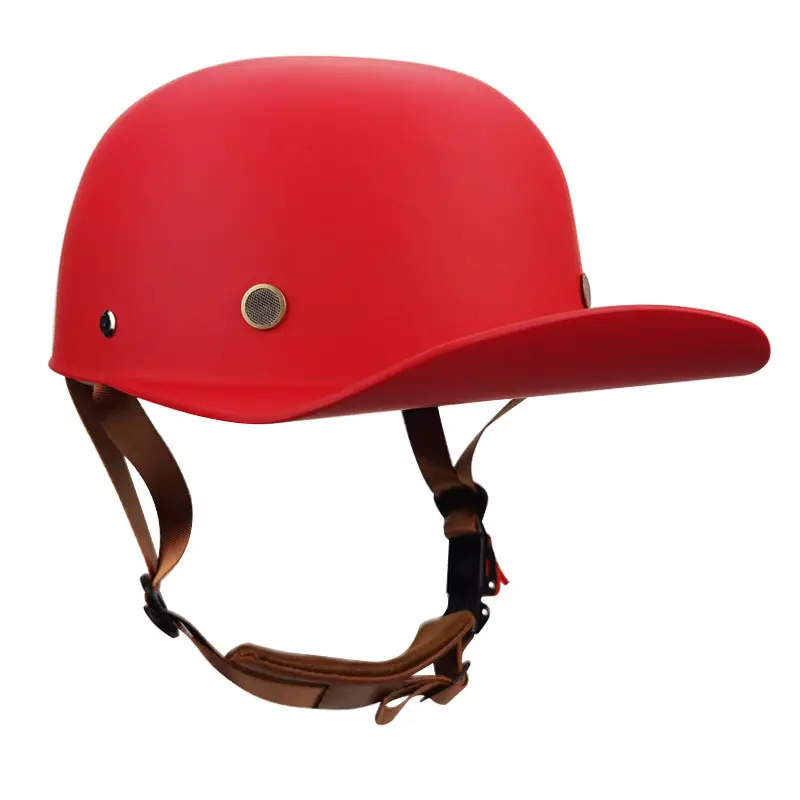Saddle Up Safely: The Role of Riding Helmets in Equestrian Sports
Equestrian sports, including horseback riding and horse-related activities, can be exhilarating and rewarding. However, they also come with inherent risks, particularly the risk of head injuries. This is where riding helmets play a crucial role in ensuring the safety of equestrians. Here’s why riding helmets are vital in equestrian sports:
- Head Injury Protection: Riding helmets are designed to protect the rider’s head in the event of a fall or collision. They are constructed with impact-absorbing materials and a hard outer shell that disperses and absorbs the force of an impact, reducing the risk of head injuries.
- Preventing Traumatic Brain Injuries: Traumatic brain injuries (TBIs) can have serious and long-lasting consequences. Riding helmets are specifically engineered to reduce the risk of TBIs, providing an essential layer of protection for riders.
- Compliance with Safety Standards: Reputable riding helmets meet established safety standards, such as those set by organizations like the American Society for Testing and Materials (ASTM) and the European Union Safety Standards (CE). These standards ensure that helmets offer a high level of protection.
- Custom Fit: Properly fitting riding helmets are essential for safety. Riders should choose helmets that are snug and secure, with adjustable harnesses to ensure a comfortable and secure fit. A well-fitted helmet minimizes the risk of helmet dislodgment during a fall.
- Education and Awareness: Riders are educated on the importance of wearing helmets, and many equestrian organizations and riding schools have strict helmet-wearing policies. Promoting helmet use and safety awareness is a key part of equestrian culture.
- Regular Replacement: Riding helmets should be replaced regularly, especially if they have sustained an impact or have been in use for an extended period. Even if there are no visible signs of damage, the helmet’s protective qualities may have diminished.
- Variety of Styles: Riding helmets come in various styles, from traditional designs to more modern and fashionable options. This variety allows riders to choose helmets that align with their personal preferences while ensuring safety.
- Enhanced Ventilation: Many modern riding helmets feature ventilation systems to regulate temperature and wick away moisture. Maintaining a comfortable head temperature is essential for rider comfort and focus.
- Impact Sensors: Some advanced riding helmets are equipped with impact sensors that measure and transmit data on the magnitude and location of impacts. This data can help monitor rider safety and assess potential injuries.
- Ongoing Research and Development: Riding helmet manufacturers continually invest in research and development to enhance helmet technology and reduce the risk of head injuries. This includes innovations like MIPS (Multi-directional Impact Protection System) technology.
In equestrian sports, safety should be a top priority, and riding helmets are a fundamental aspect of rider protection. They are designed to significantly reduce the risk of head injuries and provide riders with peace of mind, allowing them to enjoy their passion for horseback riding while minimizing the dangers associated with the sport.


